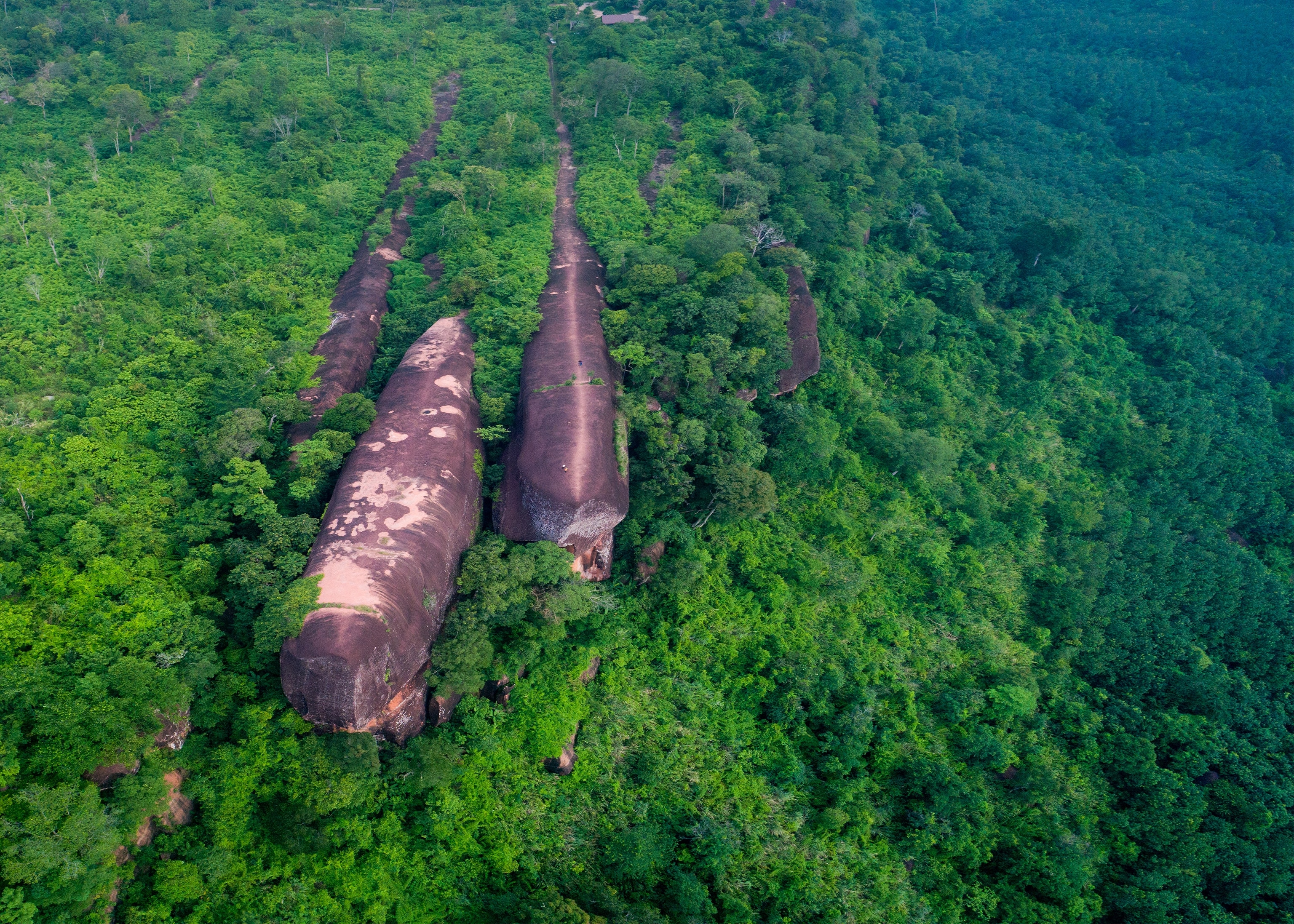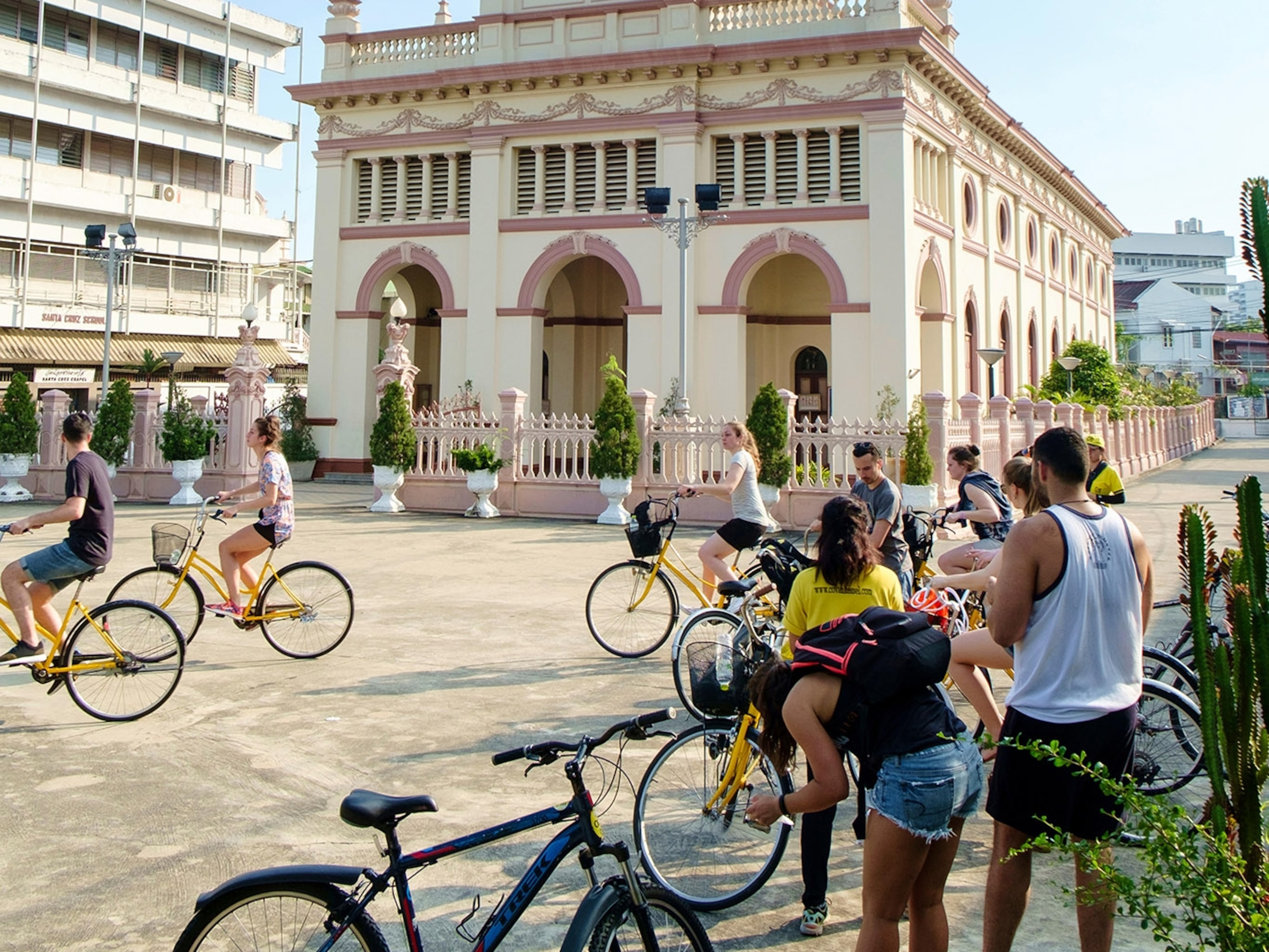Thailand, a country known for both its cultural and natural splendors, is keenly aware of the effects of tourism. Upwards of 34 million people visit the country from abroad every year. With that yearly influx of people comes a need to ensure that the natural and cultural wonders that Thailand is known for are protected.
Tourism, as great as it can be for local businesses and communities, comes with a price. Well-meaning travelers can sometimes bring unintended harm to the places that they visit: from the destruction of a natural wonder to the intrusion on the lives of the locals.
The need to protect natural and cultural splendors is more important now than ever before. There’s nothing quite as tragic as visiting a spot you’ve heard about, only to discover that too many years of overtourism has stripped it of its magic and beauty.
The Tourism Authority of Thailand (TAT) developed the 7 Greens initiative in 2011 with the goal to promote sustainable tourism throughout the country.
These guidelines are helping to create carefully managed tourism attractions that allow tourists to continue to see for years to come, the unrivalled beauty and unique cultures that Thailand has to offer. They are built around the idea that if we travel with sustainability in mind, these places won’t succumb to overtourism.
Bueng Kan, Thailand’s newest province, is an excellent example of the kind of destinations that TAT hopes to conserve and protect by promoting the 7 Greens. Located in the northeastern part of Thailand, 466 miles (751 kilometers) away from Bangkok, Bueng Kan is a haven of immersive cultural experiences and staggering natural beauty.
Hin Sam Wan (Three Whale Rock)
Hin Sam Wan, which means Three Whale Rock, is a 75 million-year-old rock formation jutting majestically out of the mountains. It earned its name because from the right perspective, it looks like a family of whales.

Reachable by an extensive network of trails, a hike to these impressive stone leviathans makes for a breathtakingly memorable, not to mention eco-friendly way for visitors to explore the amazing views and surrounding forests.
From the vantage point atop these “whales”, you can see the beaches of the Mekong, the mountains in Pakkading district of the Lao People’s Democratic Republic, and Phu Wua Forest.

It’s very easy to dedicate an entire day to the Three Whale Rock. Visitors can choose from nine different routes to hike. On these hikes, you can find waterfalls, a wide variety of plant and animal life, and even a little bit of peace and quiet. While here, stay for the sunset if you have the time. There’s nothing quite like watching the sun go down over Thailand from the back of a giant stone whale.
The Life Community Museum
For those who like to dive into local culture, the Life Community Museum is a great way to immerse yourself in the way of life in Beung Kan, in a manner that doesn’t intrude on the local Isan people. It is a living museum that allows visitors to participate in the Isan culture without interfering with the community outside. Founded by a Thai food stylist whose father lives on the premises, the museum was established as a partnership between 45 families living in the surrounding community.

The Life Community Museum occupies 12 rai of land (almost five acres) and includes a house built in the Isan architectural style, a market and an area dedicated to street art.

The local street art showcased here includes unique representations of the Naga, the guardian spirits of the Mekong River. Painted on corrugated metal sheets in the market and other buildings throughout the museum property, the art is particularly amazing and make for great photo opportunities.
The market itself is not to be missed. Local food growers, artisans and craftsmen bring their wares out on Saturdays to sell. It presents a wonderful opportunity to find souvenirs and get to know the locals a little better. The stories the locals tell while people look at their goods stick with you long after the trip ends.

A local temple also opened their doors to help visitors to the Life Community Museum explore the spiritual side of Isan culture. The temple houses a room dedicated to the handicrafts of the Isan Buddhists that depict the journey from life to death.


Please enjoy responsibly
Reducing mankind’s negative impact on the world is an important responsibility we all must shoulder in today’s world.
By treating the places we visit and the people who live there with respect, we can continue to visit them for generations to come. In the end, it all comes back to the saying: take only photographs, leave only footprints.
Discover more amazing Green Routes in Thailand at the 7 Greens website.






